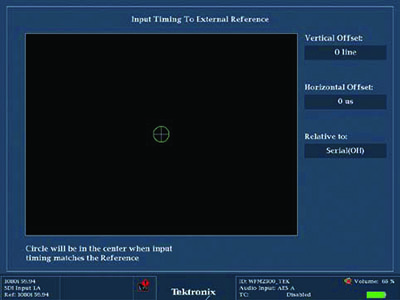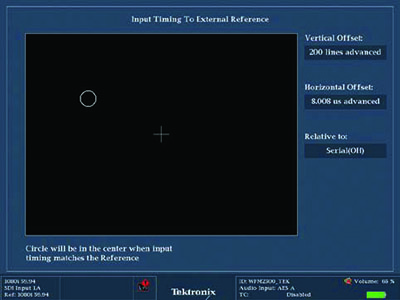
Fig. 1: A black burst reference signalPADUCAH, KY.—During the HD transition over the past 15 years or so, some stations were lucky enough to start fresh in new “tech cores,” or even new buildings, while many others were not so fortunate. Due to revenue and viewership woes, many broadcast stations had to run their analog plants alongside their new HD buildout.
While that doesn’t sound so bad, one legacy technology seems to be clinging to the gunwale: the analog “black burst” timing reference (Fig. 1). Through the transition, equipment kept showing up that required black burst and that meant leaving some legacy gear around, in some cases.
COMMON DEFAULT REFERENCE
While tri-level sync is the new HD timing tool, many of those generators require an analog black burst reference to set their reference to “house.” Whether or not all new analog black burst generators, DA’s and cabling are used, it doesn’t seem to matter. House timing at many stations still likely depends on analog black burst timing signals.
“Black burst is still a common default reference signal, or at least fallback,” said Mike Waidson, application engineer at Tektronix in Beaverton, Ore., In agreement with Waidson is John King, vice president of engineering at Bitcentral, a Newport Beach, Calif.-based provider of broadcast automation solutions. Waidson says that the stations he’s visited still rely on black burst reference, although Bitcentral video equipment will accept either tri level or black burst.


Figs. 2 and 3: Tektronix’ WFM 2300 utilizes a target “cross hair,” and the floating circle indicates relative position of vertical and horizontal timing. With many stations still using older analog waveform monitors for troubleshooting black burst signals, Waidson says Tektronix has added timing displays to their waveform monitors to correlate black burst to SDI for timing. Waidson adds that even Tektronix portable units such as the WFM2300 have the timing feature which allows timing and viewing of analog black burst timing signals. The onscreen display of the WFM 2300 utilizes a target “cross hair,” and the floating circle indicates relative position of vertical and horizontal timing (Figs. 2 and 3).
Other broadcast support manufacturers, including Link Electronics, offer timing tools to bridge the gap between analog reference and SDI. The Link SPA-435 Digiphase Analyzer uses numerical readouts to display line timing, and is accurate enough to display the horizontal timing down to the pixel number. According to Eddy Dry, engineering manager at Link Electronics, a Cape Girardeau. Mo.-based provider of signal processing products, “there are still many devices in stations today that will only take black burst as reference, and we have no plans to drop analog support products.” In fact, says Dry, “the fact that Link still manufactures analog support products is one reason we stand out.”
THE PROS AND CONS
From a technical standpoint, Waidson explained a few pros and cons of both black burst and tri level.
The professional video industry's #1 source for news, trends and product and tech information. Sign up below.
“With black burst, the issue can be the slice level being at 50 percent of negative sync,” he said. “If the sync level is off or unstable, that can give rise to jitter and other, but the high frequency burst carrier can be divided down very accurately for other reference signals.” Waidson went on to explain “with tri level, the mid-point is at zero volts, so the slice issue isn’t as much of a problem; however, the absence of a high frequency burst can mean a bit less accuracy of higher frequencies when multiplied.”
When asked about what the future of timing media signals holds, Waidson added that the industry is looking to adopt “SMPTE part E,” the so called “big bang” zero reference for timing on a regional scale; and the IEEE 1588 precision time protocol for IP timestamping within an IP packet. According to Waidson, SMPTE is studying this protocol with an eye towards standard adoption down the road.
Any way you look at it, if you are working at a TV broadcast facility in the U.S., it’s likely that you will be working with black burst reference signals for some time to come.
